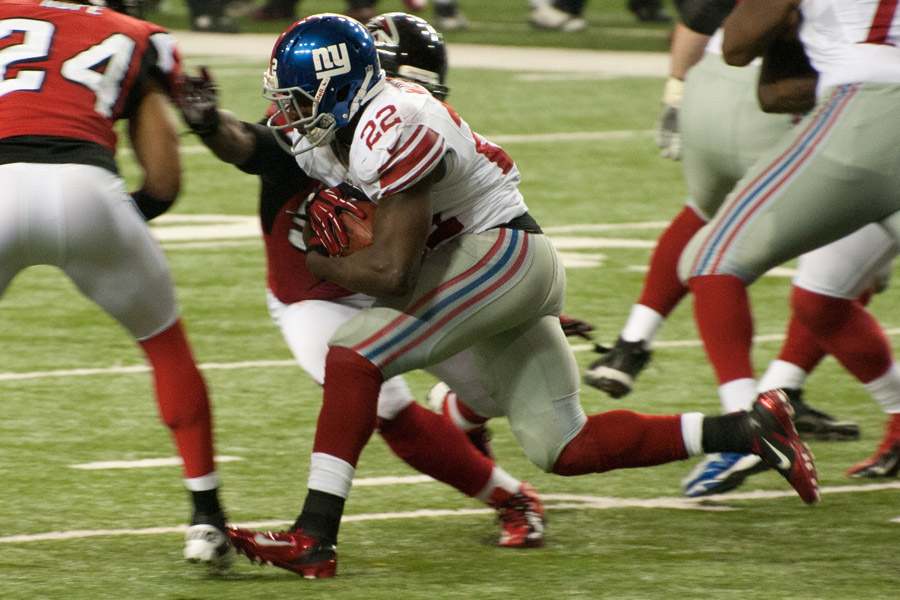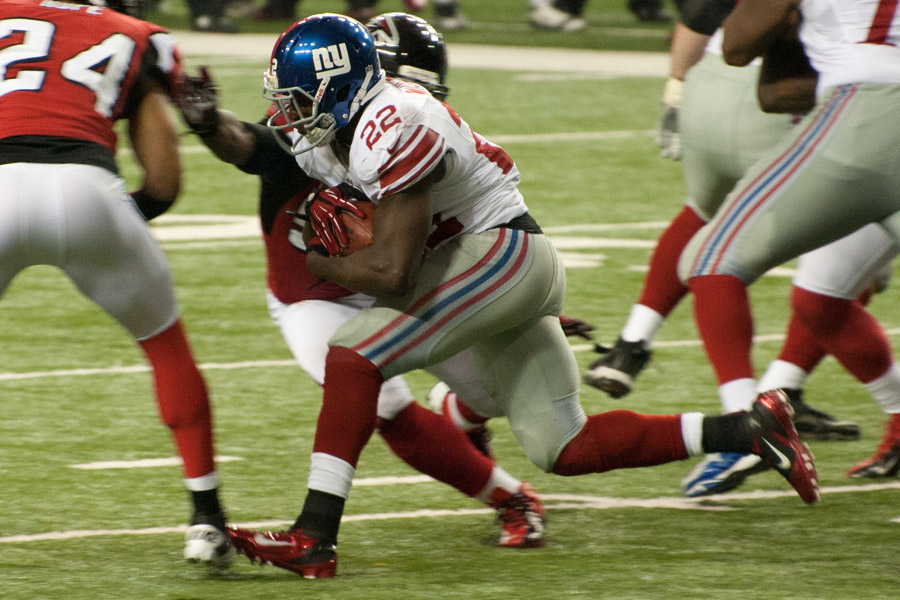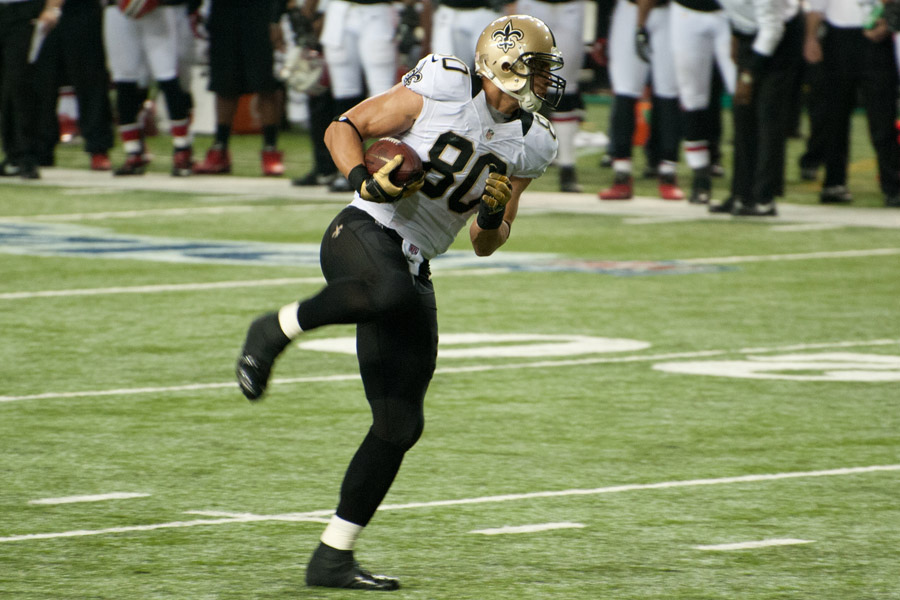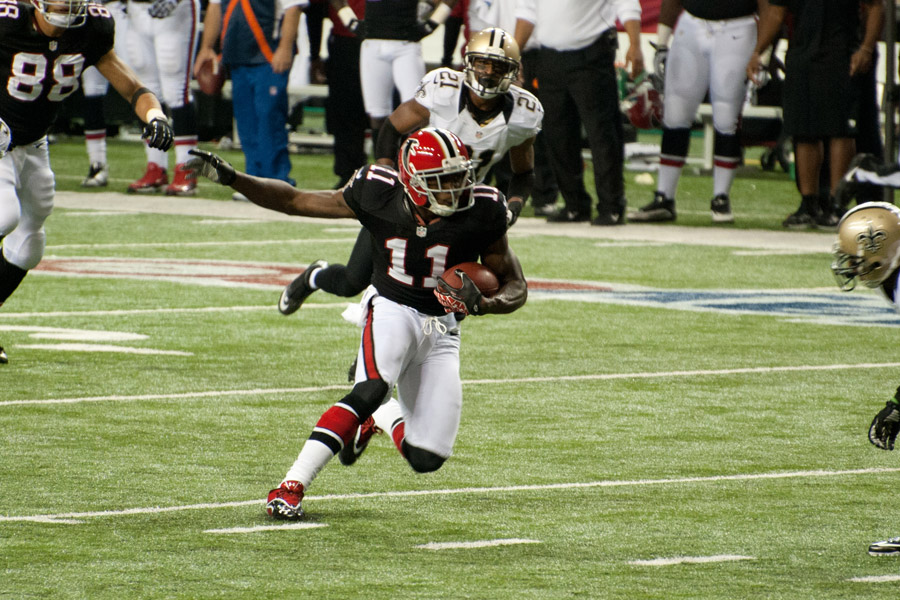Futures: Buy One, Get Three Free?
by Matt Waldman
“Fit” is a recurring theme in this year’s Futures. Talent plus fit can create a superstar. The stories about LaRoi Glover and John Randle’s career births are prominent examples. Drew Brees was a Pro Bowl performer in San Diego, but his fit with Sean Payton in New Orleans helped Brees -– and the team –- play at the highest level attainable.
But talent minus fit is a recipe for failure. Who’s to say that Brees’ career wouldn’t have washed out if he landed in Miami? Take one look at Nick Saban’s offensive proclivities and it’s not a stretch to say that Brees would have been a glorified game manager.
Because Saban and the Dolphins used Brees’ injury as a bargaining chip and failed, the Saints are now fortunate to have an innovative offense that uses Brees’ mobility to open passing lanes. Brees will now be forever known as one of the most dangerous vertical assassins in the game without ever having a star vertical threat like Randy Moss,Calvin Johnson, or even Isaac Bruce.
Fit is why we’ve been so elated and disappointed with Robert Griffinthe past two years. Washington’s coaching staff did a great job retrofitting Griffin’s skills to its existing offensive personnel last year. The result was a dangerous offense built on simple concepts that were hard to defend. A year later and an injury still on the mend, and we’re seeing the consequences of an imperfect fit.
Just last week I made the point that if Ray Rice was on Andy Reid’s incarnation of the Eagles the offense could keep rolling with minor adjustments, but it wouldn’t be the same in Baltimore if the Ravens stuck Brian Westbrook in its system. We sometimes think of players as cogs in a machine. Even if there’s truth to that notion, not all components have the same properties or fit the exact same way.
The safe method of finding talent that fits a team is to look in all the obvious places: starters at big-time programs; players with consistent production; and athletes with some combination of eye-popping height, weight, strength, and speed. Find enough of these characteristics in one player and the perceived risks to invest vast sums of money in him is lower than other prospects with a limited supply of these resume bullet points.















































































